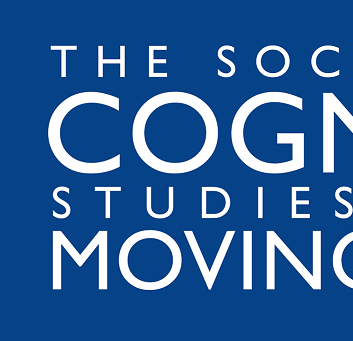Conference Speech: "Music & Segmentation of Narrative Film"

Speaker on the annual conference of the Society of Cognitive Studies of the Moving Image (SCSMI) atSarah Lawrance College in Bronxville and New York University in New York City, NY, USA
13.-16.6.2012
Skript-Download: Music and Segmentation of Narrative Film
Abstract:
Music and the Segmentation of Film Narrative
This paper describes our ongoing empirical research on the effects of music on the segmentation of film narratives. The results revealed by this study will help to explain the structuring effects of music on film and will serve as groundwork for a semantic model on the textual interaction of film, music and language.
Various studies revealed significant interactions between audio and visual strata; mood-congruent music leads to better understanding of film content and positively influences comprehension and memory of filmed events, while mood-incongruent music distracts from filmed events much stronger than mood-congruent music and is therefore more audible. Furthermore, time-congruent music positively influences duration judgments in auditory and visual modalities (cf. Boltz, 2005). Other studies showed that music is able to change the meaning of filmic representations and that the interpretation of film is correlated to semantic meaning and temporal structures across auditory and visual channels (Cohen, Bolivar & Fentress, 1994). Music therefore seems to have a tremendous impact on segmenting and understanding visual narratives.
This research project builds up on this notion and tries to bring two disciplines together: EST (event segmentation theory) and SFL (socio-functional linguistics) in order to create a model that is able to explain the textual interaction of film and music, structurally and semantically.
In an empirical study, the positive effects of music on the segmentation of visual events in film have been revealed (Coventry/ Bateman/ Mautz, 2011). The movies showed simple every-day actions (like washing the dishes) and (very simple and thus controllable) music was scored to visual events, which were identified in former event segmentation studies (Zacks et. al, 2001). Participants were then asked to segment the videos across various conditions.
In ongoing research, a similar approach is applied to narrative film sequences that are scored with more complex music, which will hopefully reveal that music has not only impact on the segmentation of visual events, but on the segmentation of visual narratives, too.
References
Boltz, Marilyn G. (2005): Duration judgements of naturalistic events in the auditory and visual modalities.Perception & Psychophysics, Vol. 67, No. 8, 1362-1375.
Cohen, Annabel J.; Bolivar, Valeria J.and John C. Fentress(1994): Semantic and Formal Congruency in Music and Motion Pictures: Effects on the Interpretation of Visual Action. Psychomusicolgy, Vol. 13, Nr. 28-59.
Coventry, Kenny; Bateman, John and David Mautz (2011): Music affects Perception of Visual Events.In Preparation.
Zacks, Jeffreyand Barbara Tversky(2001): Event Structure in Perception and Conception. In: Psychological Bulletin, Vol. 127, No. 1, 3–21.